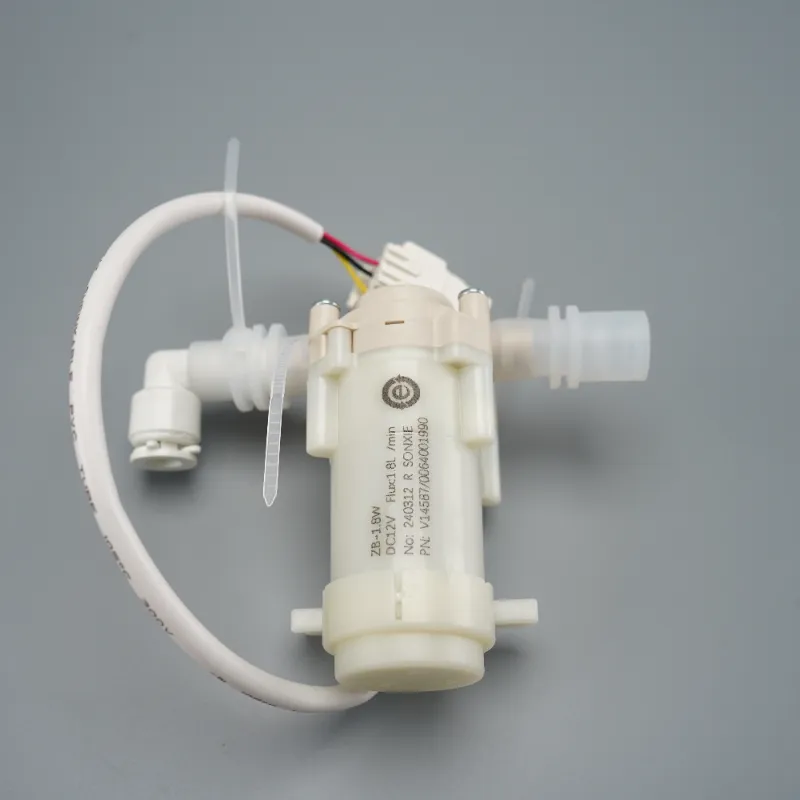The Role of Multi-Cavity Injection Molds in Modern Manufacturing
Jun 13,2025
Multi-cavity injection molds play a pivotal role in modern manufacturing by featuring multiple identical cavities that allow producing several plastic parts in a single injection cycle. This design stands in contrast to single-cavity molds, significantly boosting production efficiency by generating higher output without proportionally increasing cycle time. For industries requiring large-volume production, such as consumer electronics or automotive components, this means meeting order demands with fewer cycles. Paired with robotic automation, these molds enable fully automated workflows, minimizing human intervention and streamlining production lines.

In terms of cost optimization, while multi-cavity molds involve higher initial design and manufacturing expenses, these costs are amortized over a larger number of parts, reducing per-part costs by 30–50% for long production runs. They also cut energy consumption through fewer cycles and decrease labor needs via automated handling, aligning with mass-production cost-saving goals. Precision and consistency are critical advantages: advanced design elements like balanced runner systems and temperature control ensure each cavity receives uniform material pressure and cooling, yielding parts with identical dimensions, surface finish, and mechanical properties. This consistency is vital for industries like medical devices or aerospace, where strict quality standards must be met.
These molds also offer design flexibility, supporting overmolding (layering multiple materials) or insert molding (incorporating metal/plastic inserts) to create complex parts in a single step. Their modular nature allows customizing cavities for similar part variants, enabling production of product families without complete mold redesign. Across industries, they address specific needs: in automotive manufacturing for interior trims and engine components, in electronics for smartphone cases and battery housings, and in medical fields for sterile, disposable items like syringes. Technical challenges in design—such as unbalanced material flow or temperature variation, are mitigated through symmetric runner systems, pressure sensors, and advanced cooling technologies to ensure optimal part quality and minimize defects.
PREVIOUS:
NEXT:

